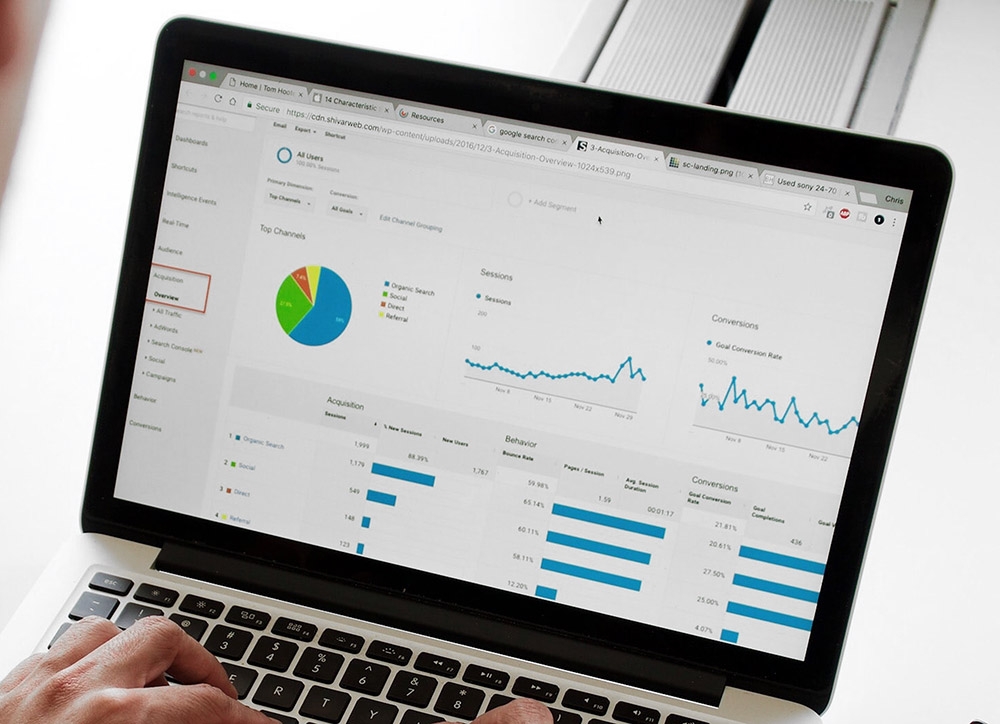Starting an online business can be an exciting venture, but gaining visibility in a crowded marketplace can be challenging. Google Ads provides a powerful platform for businesses to reach their target audience and drive traffic to their websites. This guide will walk you through how to effectively use Google Ads to kickstart your online business.

Table of Contents
Toggle1. Understand Google Ads Basics
Before diving into your campaigns, familiarize yourself with how Google Ads works. The platform allows you to create ads that appear on Google search results pages and other websites within the Google Display Network.
Key components of Google Ads:
- Keywords: Words or phrases that trigger your ads when searched.
- Ad Groups: Collections of ads that share the same keywords.
- Campaigns: The overarching structure for managing your ad groups and budget.
- Bids: The amount you’re willing to pay for a click on your ad.
2. Define Your Goals
Establish clear objectives for your Google Ads campaigns. Common goals include:
- Increase Website Traffic: Attract visitors to your site to explore your products or services.
- Generate Leads: Capture contact information through forms or subscriptions.
- Boost Sales: Drive direct sales through your e-commerce platform.
Defining your goals will help shape your campaign strategy and metrics for success.
3. Conduct Keyword Research
Identifying the right keywords is crucial for reaching your target audience. Use tools like Google Keyword Planner to discover relevant keywords with good search volume and manageable competition.
Tips for effective keyword research:
- Focus on long-tail keywords that are specific to your business.
- Consider the intent behind the search (informational, navigational, transactional).
- Analyze competitor keywords to identify potential gaps in your strategy.
4. Create Compelling Ad Copy
Your ad copy plays a vital role in attracting clicks. Craft engaging and relevant headlines and descriptions that resonate with your target audience.
Best practices for writing ad copy:
- Use Actionable Language: Encourage users to take action (e.g., “Shop Now,” “Get Started”).
- Highlight Unique Selling Points: Emphasize what sets your business apart (e.g., free shipping, exclusive offers).
- Incorporate Keywords: Include relevant keywords to improve ad relevance and Quality Score.
5. Set Your Budget and Bids
Determine how much you’re willing to spend on your Google Ads campaigns. Google Ads operates on a bidding system, where you set a daily budget and bids for individual keywords.
Budgeting tips:
- Start with a conservative budget to test your ads and optimize based on performance.
- Monitor your spending and adjust bids as needed to maximize return on investment (ROI).
6. Choose the Right Campaign Type
Google Ads offers several campaign types to suit different marketing objectives:
- Search Campaigns: Text ads that appear on Google search results pages.
- Display Campaigns: Visual ads displayed on websites within the Google Display Network.
- Shopping Campaigns: Ads that showcase products directly in search results.
- Video Campaigns: Ads that play before or during YouTube videos.
Choose the campaign type that aligns best with your goals and target audience.
7. Optimize Landing Pages
Ensure that the landing pages your ads link to are optimized for conversions. A well-designed landing page can significantly improve your ad performance.
Landing page optimization tips:
- Ensure the page is relevant to the ad content and keywords.
- Use clear calls to action (CTAs) to guide users toward desired actions (e.g., signing up, making a purchase).
- Optimize for mobile devices, as many users will access your site via smartphones.
8. Monitor and Analyze Performance
Once your campaigns are live, regularly monitor their performance using Google Ads analytics tools. Track key metrics such as click-through rates (CTR), conversion rates, and cost per conversion.
Metrics to focus on:
- CTR: A high CTR indicates that your ads are relevant and engaging.
- Quality Score: Google’s rating of your ads based on relevance and performance, impacting your costs and ad placements.
- Return on Ad Spend (ROAS): Measure the revenue generated for every dollar spent on ads.
9. A/B Testing
Continuously test different ad variations to identify what works best. A/B testing involves creating two versions of an ad (e.g., different headlines or images) and comparing their performance.
Testing strategies:
- Experiment with different CTAs to see which drives more conversions.
- Try varying your ad copy and headlines to find the most compelling messages.
10. Adjust and Scale
Based on the insights gained from monitoring and testing, make adjustments to your campaigns. This could involve reallocating budget, pausing underperforming ads, or scaling successful campaigns.
Scaling strategies:
- Increase bids for high-performing keywords to gain more visibility.
- Expand your campaigns to include additional keywords or audience segments.
Conclusion
Using Google Ads effectively can significantly accelerate the growth of your online business. By understanding the platform, setting clear goals, and continuously optimizing your campaigns, you can drive targeted traffic and generate valuable leads. As you grow more familiar with the intricacies of Google Ads, you’ll be better equipped to adapt your strategies and maximize your return on investment. With dedication and persistence, you can harness the power of Google Ads to kickstart your online business journey.


No responses yet